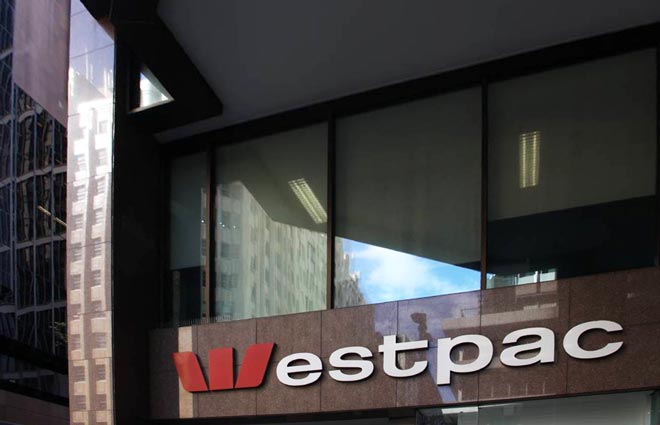The Australian Prudential Regulation Authority (APRA) has today formally commenced an investigation into possible breaches of the Banking Act 1959 by Westpac Banking Corporation (Westpac).

APRA will focus on the conduct that led to the matters alleged last month by AUSTRAC, as well as the bank’s actions to rectify and remediate the issues after they were identified. The investigation will examine whether Westpac, its directors and/or its senior managers breached the Banking Act – including the Banking Executive Accountability Regime (BEAR) – or contravened APRA’s prudential standards.
Given the magnitude and nature of the issues alleged by AUSTRAC, APRA is aiming to ensure that fundamental deficiencies in Westpac’s risk management framework are identified and addressed and that Westpac and those responsible are held accountable as appropriate.
In addition, APRA will:
- impose an immediate increase in Westpac’s capital requirements of $500 million, to reflect the heightened operational risk profile of the bank. This brings the total operational risk capital add-ons that Westpac is required to hold to $1 billion, following the increase announced by APRA in July 2019; and
- initiate an extensive review program focused on Westpac’s risk governance. The review program will include risk management, accountability, remuneration and culture. An element of the review will be an examination of the steps Westpac has been taking to strengthen risk governance in recent years, including through its self-assessment.
APRA Deputy Chair Mr John Lonsdale said: “AUSTRAC’s statement of
claim in relation to Westpac contains serious allegations that question the
prudential standing of Australia’s second largest bank.
“While Westpac is financially sound, there are potentially substantial gaps in
risk governance that need to be closed.
“Given the nature of the matters raised by AUSTRAC, the number of alleged
breaches and the period of time over which they occurred, this will necessarily
be an extensive and potentially lengthy investigation.”
The investigation affords APRA the opportunity to exercise legal powers that
have been expanded and strengthened since 2017’s CBA Prudential Inquiry,
including enhanced investigative powers and the implementation of the BEAR in
2018.
APRA will conduct its investigation simultaneously with an investigation by the
Australian Securities and Investments Commission (ASIC), as well as AUSTRAC’s
legal proceedings, with each agency cooperating where appropriate.
The scope of APRA’s investigation is below.
Attachment – Scope of
APRA’s investigation into Westpac
The prudential matters that are the subject of APRA’s investigation are:
Whether Westpac, its directors, and/or its senior managers have contravened the Banking Act 1959 and the prudential standards by engaging in, and in the way they responded to, the conduct set out in and otherwise related to the AUSTRAC proceedings.
In considering possible contraventions of the Act and the prudential standards, the investigation will examine whether:
(a) Westpac’s governance, control and risk management framework was adequate; and appropriately implemented;
(b) Westpac’s accountability and remuneration arrangements were adequate, and appropriately implemented to effectively manage non-financial risks;
(c) there has been a failure to comply with accountability obligations under the Banking Executive Accountability Regime;
(d) there has been a failure to comply with the requirements of the prudential standards including Prudential Standard CPS 510: Governance, Prudential Standard CPS 520: Fit and Proper, and Prudential Standard CPS 220: Risk Management; and
(e) there was a failure to promptly notify APRA of any significant breaches and/or a breach of accountability obligations.







